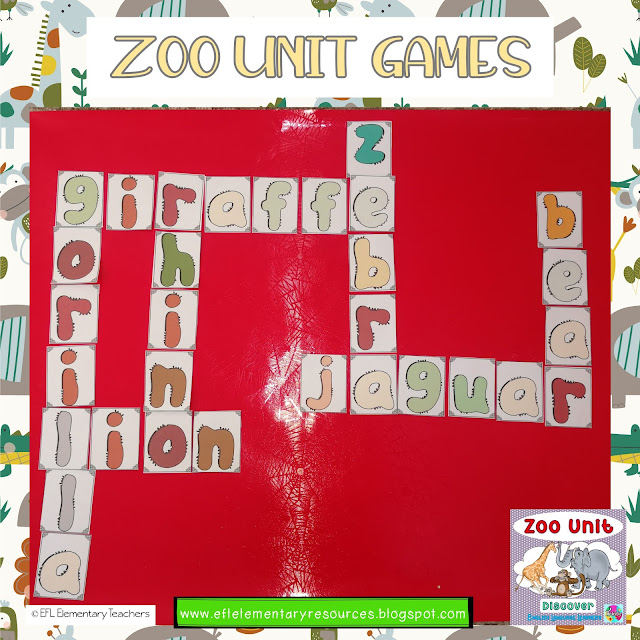This resource is included in the Body Unit for Elementary ESL. It can be used by Elementary Education teachers and Early Childhood as well.Link: https://www.teacherspayteachers.com/Product/Body-Theme-for-Elementary-ELL-1836555
Introduce the basic
body vocabulary to enable your students to help them express themselves when
talking about their own body and others. There are many flashcards to use int your
Print
the parts of body flashcards. These are an effective and engaging teaching tool
to introduce and reinforce the new vocabulary. They feature clear and colorful
images to illustrate each body part to be easily recognizable for your esl
elementary students.
Place your flashcards on the board and have the students identify and recognize the parts of the body.
Teacher: She has a
head!
Students: She has
two legs!
Students will follow
simple instructions.
Teacher: Touch your head!
(showing the flashcard)
Print
the Monsters flashcards and place into clear plastic sheets and have the students
label all the parts of the body.
Count all the body
parts using the flashcards. Students will use the
numbers to describe the body.
Teacher: What are
these?
Teacher: How many
fingers? Count.
Students: ten!
Students: Hands!
Divide
the board and write the numbers 1 and 2. Have the students sort the
flashcards into count many body parts we have.
Students: one nose.
Two shoulders, two legs and two knees!
I
just wanted to include these monster flashcards with different amount of body parts.
Ask: How many eyes?
Have
the students sort the flashcards into How many body parts.
Students
can describe their body parts as you will model on the board using the flashcards
of the boy and girl. Emphasize the demonstrative pronouns this and these to the
singular and plural part of the body. Provide simple sentences examples.
Teacher: This is my
head.
These are my hands.
There
are several flashcards that provides a visual representation of the most common
adjectives to describe people and their physical appearance.
Teacher: This is
Mary. She has long blond hair. She is tall and thin.
Does she have long
or short legs?
Students: long legs.
Model how to use the descriptive adjectives young and old in sentences to
describe people using the flashcards.
Teacher: He is old.
He is young.
Students: He is tall
and thin. He is short and fat.
Now,
show the flashcards and have the students mime themselves with the adjectives.
Teacher: You are
tall! (students will stand on their toes) Continue
with the rest of adjectives.
Teaching
the directional adjectives left and right. Sort the
flashcards on the board and have the students express the spatial concepts: This is the left
ear! This is the right leg.
Use
the body parts as the subject of the imperatives provides a clear and
relatable context to introduce flashcards.
Have
your students do the action as you say and show the action: Touch your head!
Imperatives
with hand and finger. Pair this body part to
encourage your students to combine the physical action with the commands. Have
the students mime the action with their hands: play tennis!
Teacher: Draw with
your hand!
Students
will mime the action and repeat the verb.
Describe
a Monster: My monster isn’t short. She has one eye, two arms, five legs and
five feet.
Students will take turns describing a monster
for the class to guess.

All
my blogs and social media at my linktree. Click:

































































